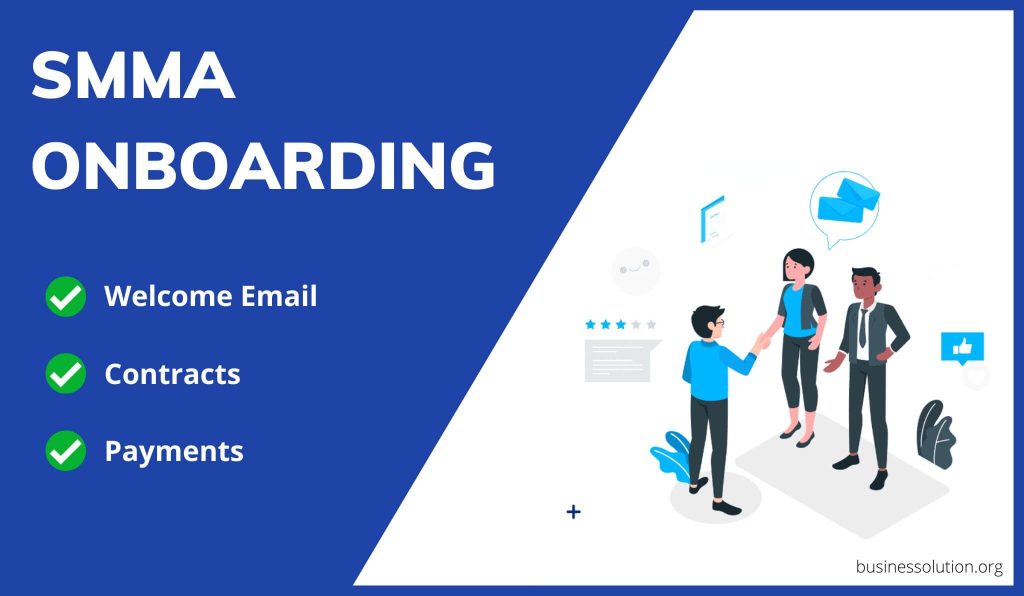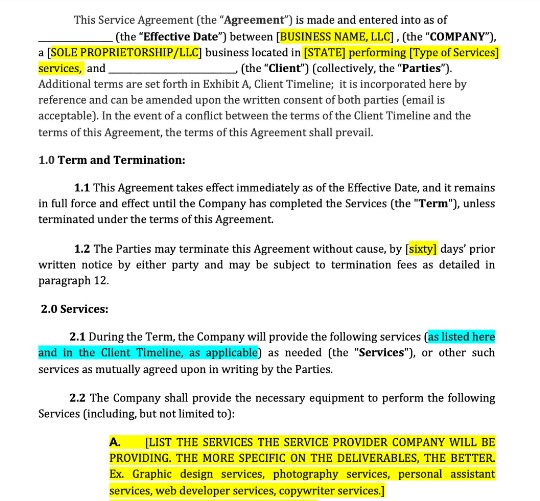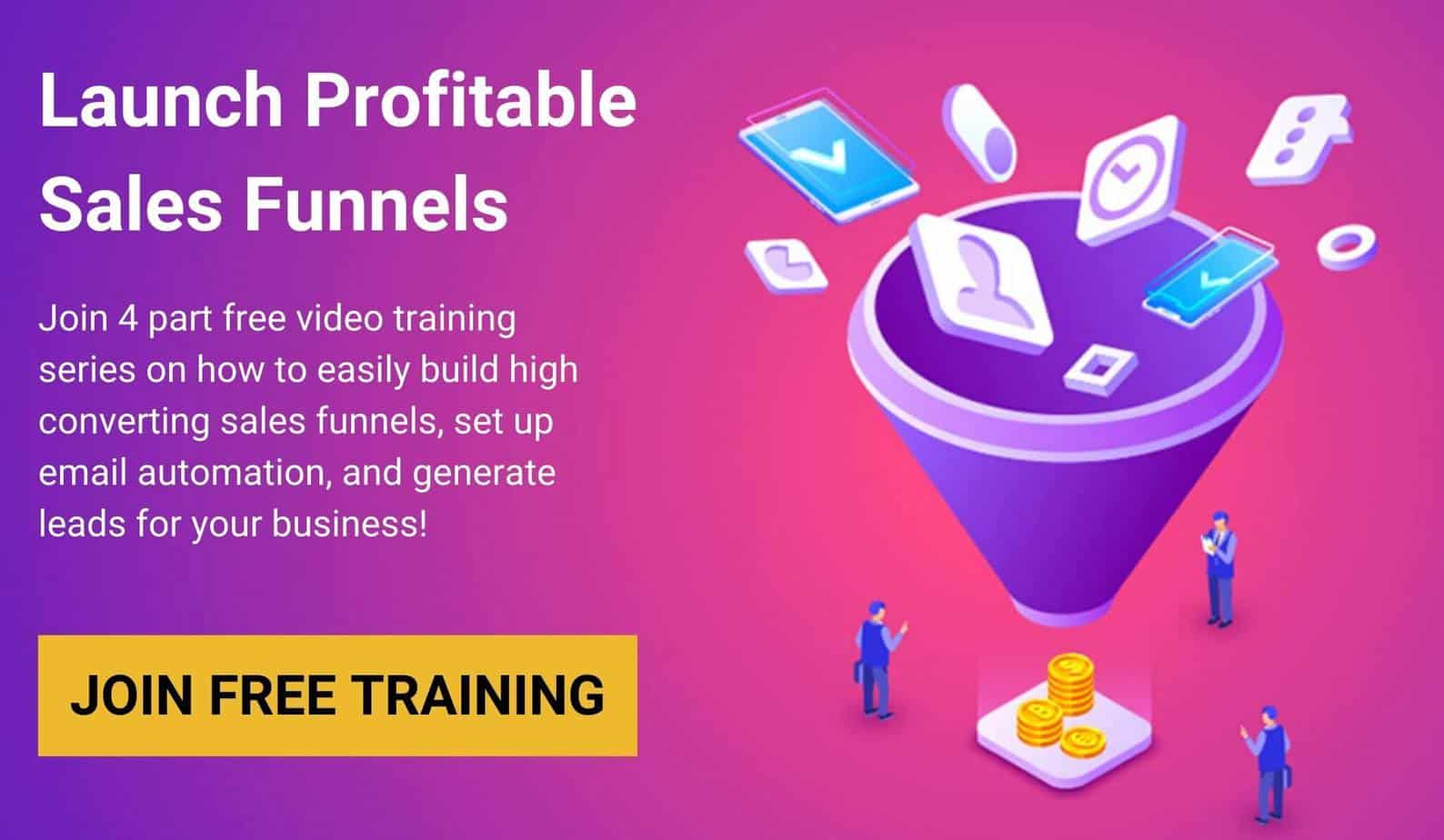Today, we will talk about one of the most important parts of running an agency, but one of the most overlooked parts of running an agency. We’re talking about onboarding clients for SMMA. The reality is that most people get so excited about closing a client that they don’t focus on the most important part, which is the client’s experience when they first start doing business with your agency.
To date, most of our clients now come from referrals from past clients who had an amazing experience working with our agency. And that really begins with our onboarding experience.
So today, I want to share a little bit of what we’ve learned from onboarding so many clients into our business and what’s made the difference when it comes to comes to providing a great onboarding experience that makes them want to stick around for the long haul.
First of all, we’re going to review the importance of onboarding. Then we’re going to talk about the different steps: legal, setting expectations, taking payment, access and onboarding, and as well as communication. Every single one of these steps is important and when executed, can provide an amazing client experience that your clients get super excited about.
Table of Contents
The Importance of Onboarding in SMMA
SMMA onboarding is taking a client from a signed contract and a signed deal into doing business and becoming a part of your client base. It’s also the first impression your clients will have with your agency, and it can really make or break the engagement.
If the client feels that they are just a number or they signed up for something and aren’t being shown love, if you will, it can be a really disheartening experience. Think about if you were to make a great big investment in something and as soon as you signed up for it or as soon as you gave somebody your money, you felt like you were being neglected or ignored. It’s very easy to do with SMMA.
Onboarding is the first impression that your clients are going to have when doing business with your agency. It’s in your best interest to make sure that that is a good first impression. Most guru on YouTube talk about sales. They talk about getting clients. They talk about closing clients that pay you the most per month.
But when you do the math, the most valuable client to your agency is the client that stays with you the longest. I’ve seen so many agency owners churn out because all they do is focus on closing clients, and they don’t focus on keeping those clients around.
And it all begins with onboarding. You can have a client who will be your number one client who’s amazingly excited about doing business with your agency. But if you fumble onboarding and don’t make it seem like you know what you’re doing or care about them, they can be the first out the door. So onboarding really sets the expectation of what they can expect in the coming months of doing business with you.
We want our clients to feel like they’re becoming a part of something, like they’re buying into something, and like they made the right choice. It’s not hard, but most agency owners overlook it.
So again, I can’t stress enough the importance of onboarding and the importance of getting this right.
SMMA Client Onboarding Process
So, what does the SMMA onboarding process look like from start to finish? When it comes to our agency, our onboarding process begins as soon as the contract is signed.
1. Payment and Contract Signing
The first step is they have to pay the invoice and sign the SMMA contract. You should never, ever begin working on a client project and you haven’t gotten paid yet, or if they haven’t even signed the contract.
Now some people actually have a client sign the contract, and then they charge them and bill them out.
I believe that you should at least get a deposit. Maybe you get 50% upfront, especially if you’ve never worked with them before. Like, you don’t have a history, you don’t know what they’re about. What if they don’t pay you? Okay, and you just started working already?
At least get a 50% deposit or some form of deposit. It could be less really up to you. And typically, I tell people to charge for the first month upfront.
So let’s say you’re doing a six-month SMMA contract, and every month, you’re going to meet together to help them with a strategy. On the first of the month, they have to pay for the entire the next 30 days.
Then after that, you’ll bill them again for the next 30 days. So really you should just charge if you’re going to do monthly work upfront.
Now, when you have a contract, that is a legally binding contract. And if something were to go wrong, if there was a disagreement, you could take that to court and actually fight for that.
Understanding Service Agreements and Contracts
Now, I want to tell you right now, I am not a legal professional. I’m not an attorney. So I’m going to give you a few tips, but you can use something like Creative Contracts, where you can learn about legal contracts from actual attorneys. They have have nice templates for service business providers.
But overall, when you have a service agreement with your client, you want to include things like:
- The scope of work
- What’s going to be included
- At what price point, and
- Whatever package they decide to choose
You want to be clear about that because you don’t want the client to start working with you and then start telling you to do extra things that you never agreed to. You don’t want that. That’s called scope creep.
So, in your contract, it should be clear they signed up for this package that comes with these five things, and this is how much it costs.
Payment Terms and Communication Protocols
You also want to include in your service agreement how you’re going to accept payment digitally. How often you’re going to be billed? When are the invoices due?
Like, typically in my contract when I was doing more content marketing, I would say if we don’t receive payment within 7 days, we’re not going to be moving forward with working with you. I would tell them clearly so they had to make sure that they paid the invoice by a specific date.
You also want to be clear about how you’re going to communicate. Are you going to have a monthly strategy call, monthly meeting, are you going to have weekly meetings? And then how often they’re going to receive status reports, if you’re going to include status reports or not.
And also what is the method of communication? Are you going to communicate through just email? Can they call you?
So be really clear about how they are going to communicate.
Refund Policies and Confidentiality Agreements
And what you also want to be clear about is refund policies.
Are you going to offer refunds?
What is your refund policy for work?
You could decide that. You can say we don’t have a refund policy or we do, we’ll give you 50%, whatever it is, it’s totally up to you. Very personalized, but you want to include that as well in the service agreement. And then you also want to have a confidentiality agreement as far as, like if you’re going to be working with a client in their business and you’re going to be exposed to their trade secrets or their information, like data, you want to put that in the contract so that you’re protecting them and you’re also protecting yourself.
Like I said before, I have some links in the description of this video for you to purchase templates from attorneys that have actually written them. So if that’s something you’re interested in, feel free to go and check that out.
2. Sending a Welcome Email
As soon as the client signs the agreement, we immediately and as quickly as possible send them an onboarding and welcome email welcoming them into our agency. This rallies the excitement and confirms the trust they gave us by signing that contract moments ago.
There’s a whole automation sequence that kicks off, questionnaires that go out, emails and operations people that reach out to them, and team members who begin doing the work.
So the sooner you’re able to do that, the better. If you don’t know how to send over an agreement, there are a lot of easy ways to do it, but it can be done via PandaDoc or even signed in person and copied and sent out to the different parties, your agency and the client who sign it.
Setting Expectations Early
The next thing that you want to do is immediately set expectations. So, as soon as that contract is signed, we send out an onboarding email that’s mostly templatized but customized, specific to the client, welcoming them in and setting expectations on what will come next. This means our onboarding call.
This goes over what the process will look like and the access that we will need to begin getting access and doing work for their business. It goes over our communication channels, like we’re going to be setting up a Slack channel or we’ll be communicating with you via email or on our weekly calls and setting up those times.
Communicating Your Process
Another important thing you want to include in the welcome email is your process.
So, for SMMA, if let’s say I’m doing social media management, my process is that I first do a kickoff call with the client.
I have their questionnaire, I do market research on their ideal client and target market, and I start coming up with a content calendar of ideas that we’re going to talk about for the rest of the couple of months that we’re going to be working together.
Once the client approves the initial content calendar, I give that information to my team, and then we start creating content for them every month. That’s typically what you would do for ongoing digital marketing services.
So when you do website design, there are a lot of dependencies that have to be met that affect the dates that you will be able to deliver and publish that website.
For instance, you’re going to need to have the company logo to put on the website. You’re going to need to know their brand colors. There’s a lot of preliminary stuff that has to happen. And if you don’t receive that information ahead of time, it will affect your ability to actually even start.
So you could be waiting weeks and weeks, and if you don’t have this stuff, you can’t even work. And so this is why you want to explain to the client in that welcome email that they have to give you certain things by a certain day in order to receive the outcome, and the outcome is the finished product that you are creating for them.
Invoice Issuance and Payment Terms
And most importantly, it sets expectations on when they can expect us to begin doing work for their business. As soon as that expectation email is sent and the agreement is signed, we send an invoice. We send it over through Stripe or Bill.com according to the payment terms in the agreement.
3. Kick-Off Call and Access Provision
The next step is what we call access and onboarding. So, the next thing we’ll do is set up a kick-off call. And on that kick-off call, we’ll go over permissions; we’ll go over access; we’ll go over getting your business manager, ad account, and all that good stuff set up.
Now there are a lot of guru out there that will argue that you can handle all of this with a templatized form. If you just send them over a questionnaire, they can provide all of this access and you’ll be good to go.
Now we don’t really subscribe to that. While we do have questionnaires and onboarding documents that we send over that we ask them to begin filling out, we find that the onboarding is best handled hand to hand. This way, we can answer any questions that they have, get over any hurdles, and the client doesn’t end up getting frustrated.
In working with dozens of clients at this point, we’ve noticed that the onboarding and the provision of access to different:
- Ad accounts
- Websites
- Funnels
- Social media accounts
All of these things can be frustrating for clients. So what we realized is if we do this over a quick 30 minute call, it saves them a ton of time.
Oftentimes, it’ll take them several hours to get us access if they do it on their own. And it’s a great way for us to build trust and build authority by showing them that we know what we’re doing. So they give us all this over a 30-minute call and we’re off to the races, and we can begin doing the work that we need to do.
The reality is that your clients are trying to outsource this to you. They hired you for a reason. And by sending them a long checklist of steps to do makes it feel like they are doing your job for you.
So by doing this over a quick 30 minute call, it’s a great way to build trust and for them to feel like they’re already getting value out of the engagement before you even really get started.
Establishing Communication Channels
Now, as soon as you have access to everything, the next thing that you want to do is set up your communication channels. We’re big users of Slack. Most of our clients are on Slack at this point.
If you aren’t familiar with Slack, it’s basically just a group chat where you, all the stakeholders for your clients, as well as all of your team members can all chat in one group area.
It saves a lot of email threads and back and forth, and can really become a major time savings. However, not every client is going to be tech savvy enough or be on Slack. In those cases, it’s best that you use email, text, or phone calls.
Scheduling Regular Client Meetings
What I want to talk to you about is why having a policy as far as how you’re going to communicate with the client is so important. So this is where you will have your weekly meetings or monthly calls to stay in contact with the client.
If you’re doing advisory or coaching, you’re going to be meeting with them every week. Or if you’re doing that twice a month or once a month, that’s how you’re going to deliver the work.
If you’re doing done for you services, you have to decide if you’re going to be sending them a weekly report or a monthly report for their marketing.
We like to set up a weekly chat with our clients where we can quickly review the progress of what’s been done and answer any questions that they have, as well as strategize on new ideas.
This also gives us a quick 15 to 30-minute chat each week to have FaceTime with the client, continue enjoying a great relationship together, and show them all the great work that we’re doing for their business. We’re big fans of talking with our clients as frequently as we can.
They are our clients after all. They pay our bills. And we like to provide a premium level of service for them. So after all that’s done, you can go about setting up your ads, you can go about fulfilling services.
4. Setting Up Ads and Fulfilling Services
So once you finish that kickoff call, you’re going to start doing the work. And so it depends on the type of SMMA service you’re offering. If you’re doing done for you services, let’s say you’re doing marketing or website design.
Now if you’re doing more business consulting or coaching or strategy, you’re not doing done for you services because you’re doing more advisory services where you’re meeting with the client to help them with a system or help them with mindset, coaching, whatever it is, then it’s going to be a little bit different.
5. Concluding the Client Relationship: Offboarding
All right, so the next step is simple. It’s the offboarding process, and this is where you finish working with the client. And now you want to have a great kickoff meeting to just kind of go over everything you worked on together, finalize that project, make sure the client’s happy with the work, and then say bye-bye and give them a handoff. Now, here’s where it’s really, really crucial.
Opportunities During Offboarding
This is where you can upsell the client into working with you more for a longer time or doing other projects or giving them other services. Or you can also ask them for a referral if they have a referral to their friends and family. And you could get additional business.
You can also ask them for a testimonial or ask them to be part of a case study so that you can put the testimonial on your SMMA website and on your proposal and on your marketing collateral. The offboarding process is also really important to just establish that trust with them so that they can refer you to people over and over again.
SMMA Onboarding Final Words
So that’s really all that there is too when it comes to providing an amazing experience when onboarding your SMMA clients. I recommend creating a checklist that goes over those things so that you can make sure that you don’t miss any steps.
There’s nothing that makes you fumble onboarding more than missing something that you could have just had as a check on a checklist. You’ll be glad that you did.






